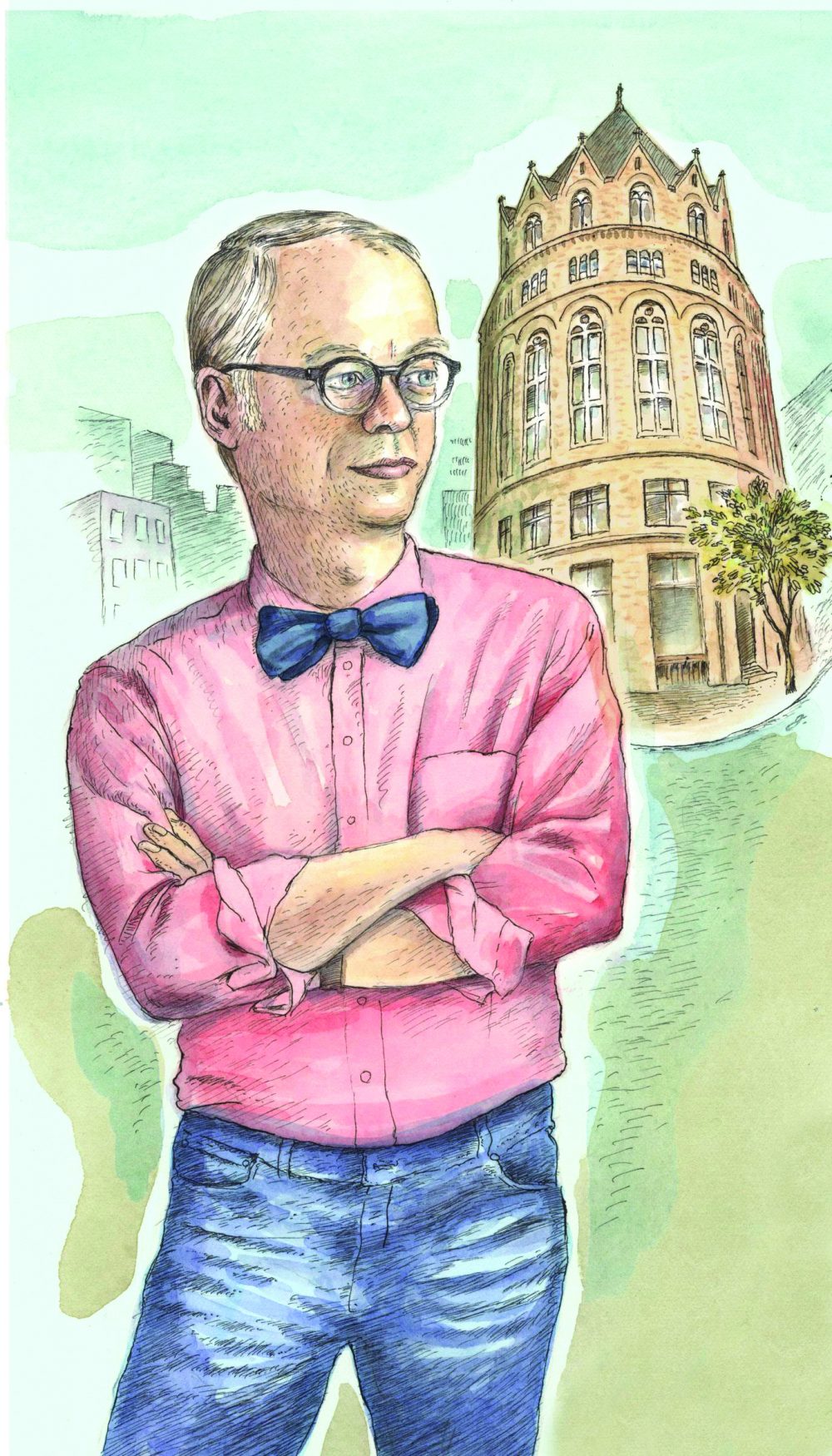Your email address is required to begin the subscription process. We will use it for customer service and other communications from Milk Street. You can unsubscribe from receiving our emails at any time.
Desperately Seeking Marco Polo
Back to March-April 2022

In “The Dawn of Everything: A New History of Humanity,” David Graeber and David Wengrow challenge the standard assumption that civilization developed along a continuum from hunters and gatherers who were later transformed by agriculture to live in villages, towns, cities, city-states and then empires.
The truth, they argue, is that humans tried all sorts of social networks even within the same social group during different seasons. In winter, when food was scarce, there might be a more authoritarian construct versus in the summer, when the social fabric was more democratic. And the existence of huge cities in South America, Turkey and other sites, well before the advent of what history books would call “civilization,” is yet another conundrum that does not fit into neat theories about social development.
The same could be said of the history of food. In “A Short History of Spaghetti with Tomato Sauce,” Massimo Montanari completely rewrites most of what food historians assumed was true about the origins of this simple dish. No, Marco Polo did not bring pasta to Italy from China in the 13th century, nor was one of his crew members named “Spaghetti.”
In the prior century, dried pasta was already an industry in Sicily and was being exported via well-developed Arab trade routes. The word spaghetti, according to Montanari, came from “spagho,” or string. One recipe called for cutting pasta as thin as a spagho, hence the birth of spaghetti. Cheese on pasta is not new. By the 16th century, pasta and cheese were joined at the hip to the point that macaroni without cheese became an Italian metaphor for imperfection. Tomato sauce came from Spain and showed up on pasta in the early 19th century. Garlic and onions followed soon thereafter.
History is tricky business, especially if we seek to define who we are by who we were. Cooking has a habit of ignoring political boundaries, adapting and merging. Japanese curry is a national dish, but it started out as a version from the British Navy (via India) that migrated to Japanese sailors. And in every country, even the most revered recipes can change from town to town, from household to household. Baharat, the Middle Eastern spice blend, for example. You’d be hard-pressed to find two cooks who make the same blend. Yet it remains a shared experience and taste that connects people. Afghanistan’s cuisine offers a tour of other cultures, from Mongolian dumplings to naan to kebabs to stuffed grape leaves.
A “23andMe” culinary kit would tell you that virtually every recipe in the world has a mixed heritage—people migrate, travel and congregate with wonderful culinary outcomes. This is what makes the world of food so appealing. We know about as much about the history of food as we do about the history of civilization, which is, to be blunt, not much. But the more we learn, the more we find connections, overlaps, modifications and happy coincidences that make food sinuous rather than indexed.
Yes, the food of our youth is often defining. Mason Hereford, chef and owner of Turkey and the Wolf (a celebrated sandwich shop in New Orleans) fondly remembers the takeout counter at the family-run gas station/convenience store when he was growing up in the rural town of Free Union, Virginia. Today, he riffs on the classics with fried bologna sandwiches, hog’s head cheese tacos, and wedge salads served with an excess of blue cheese and bacon. Change comes faster these days—that bologna sandwich has been transformed into a new culinary icon in just one generation.
So to those in the food world who crave clear lines of culinary DNA, I can only offer the words of Massimo Montanari: “Our roots are not ‘what we were’ but rather the encounters, exchanges and crossings that have transformed what we were into what we are.” Food does not set us apart; it brings us together because that is the story of food. And it’s a story worth telling well.

